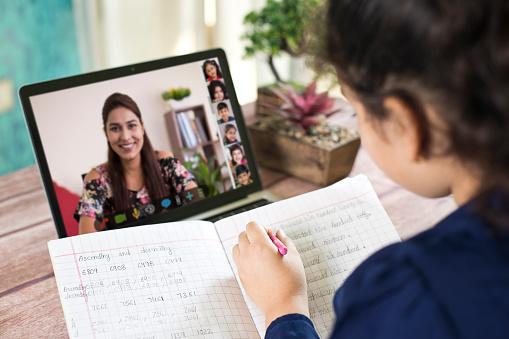Back in my secondary teaching days, “no history; no future” was a phrase I often used to remind young history students of the importance of studying the past. To inform and create a better shared future, we must analyse what’s happened before.
Perhaps the onset of COVID-19 was unavoidable. With all the terrible and amazing things that happened in 2020, the question becomes… what now? How can we create a better shared future based on what we’ve learned?
The necessity for schools to move content online-only during lockdowns across Australia was a big driver for instructional design tools, learning management system tools and the adoption of video as a way to augment face to face instruction.
We saw extraordinary progress in schools implementing a range of digital projects that hadn’t really gotten off the ground previously because there wasn’t the urgency around moving to the online space.
But in 2020, curriculums were made virtual and then hybrid and then virtual again, proving just how fast we can reinvent instruction.
We can’t go back to the old status quo
There are many reasons to continue scaling classroom technology beyond what is necessary in an emergency. Some students thrived remotely. Plenty of institutions reported a whole new layer of students inside their walls who felt far safer taking risks and contributing in remote and blended spaces.
Those schools are now thinking: ‘how do we continue to engage those students and not lose those gains?’
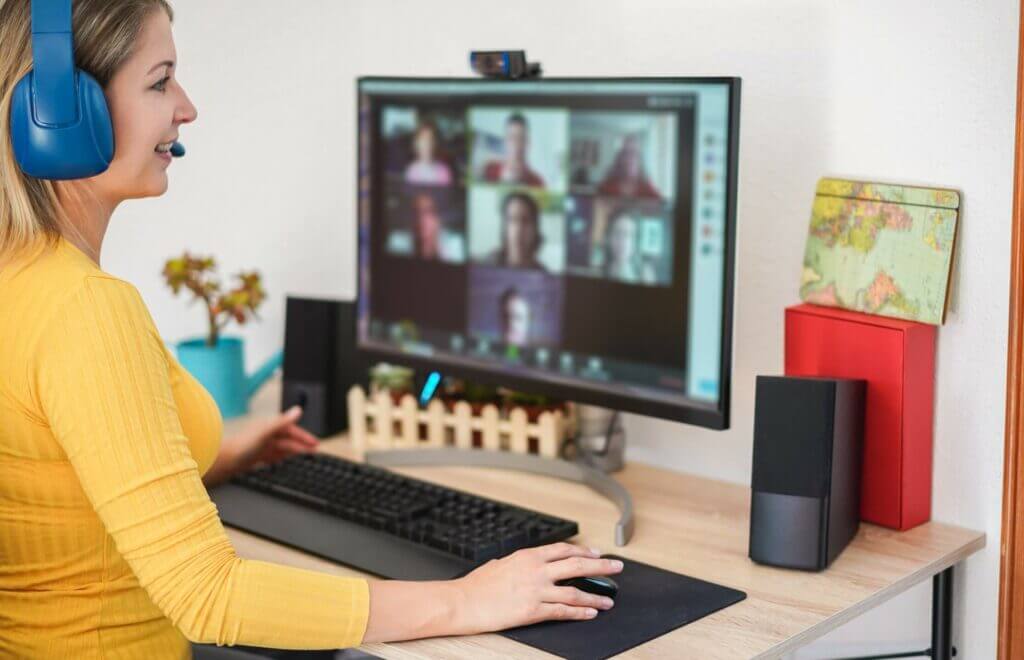
All of the promise in schools’ digital investments has also created the next wave of information and research which can be used to provide insight back into learning.
Seventy per cent of the conversations I had with Principals and technology leaders in schools last year were about how to manage and use the massive increase in available data.
Smart institutions understand they now have a better way to understand what student engagement looks like and what progression looks like.
They can’t just forget that happened.
Technology for good
Online learning has the potential to become cold and distant and remote. But schools that have done it well have upped the student welfare, wellbeing and human interaction aspects to drive positive responses.
They’ve also leveraged the capabilities of digital tools to implement new ways of collaborating that aren’t easy or even possible in the classroom.
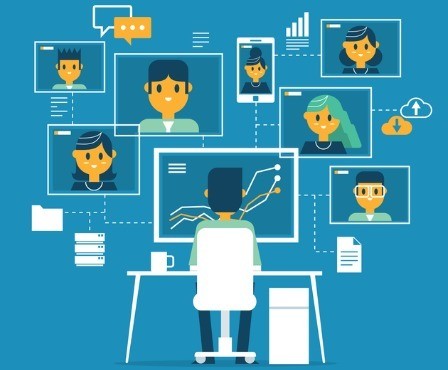
Group work, collaborative learning work and project based work in the online space gives teachers the flexibility to allow students to participate on projects in groups that aren’t even in the same class. Students don’t have to be sitting around the same table to work together.
That’s a great example of the ‘R’ in the SAMR model at work. That’s technology redefining, augmenting and changing learning experiences for the better.
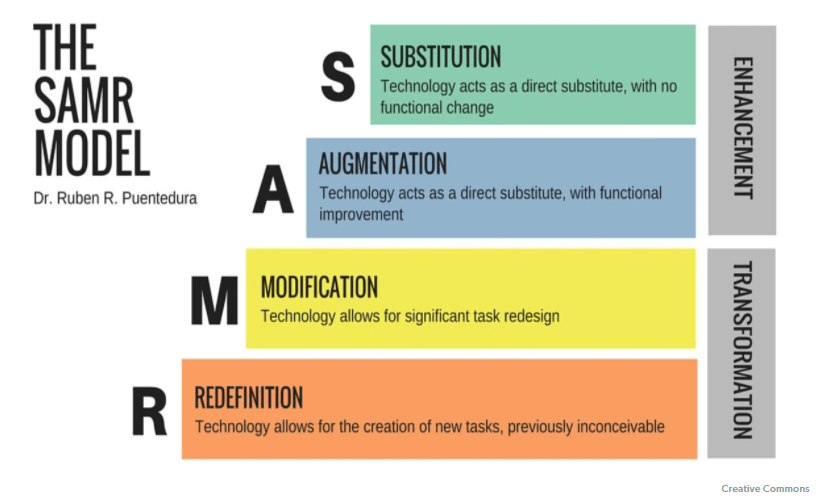
Source: https://www.edutopia.org/article/powerful-model-understanding-good-tech-integration
Practical applications for data
The two most common requests we receive at OctopusBI are for student engagement and progression insight, and “attendance” insight in the online sphere.
How do we measure attendance online? Well, we have to rewalk the footprints of those that are there, to get a sense of how much time they spent and to what extent that’s on the right tools and interactions.
Being front-footed and demonstrative about what’s happening with student learning online is a strong catalyst for positive communication with the parent body, especially in K-12.
Parents tell us that a growing factor in school selection is not traditional differentiators like sporting fixtures, libraries or aquatic centres, but digital access, visibility and distribution of data.
Transparent, continuous reporting around their child’s digital learning experience and outcomes is increasingly attractive to parents, and with good reason. It provides the insight needed to make constructive improvements – both at home and at school – and helps identify intervention opportunities.
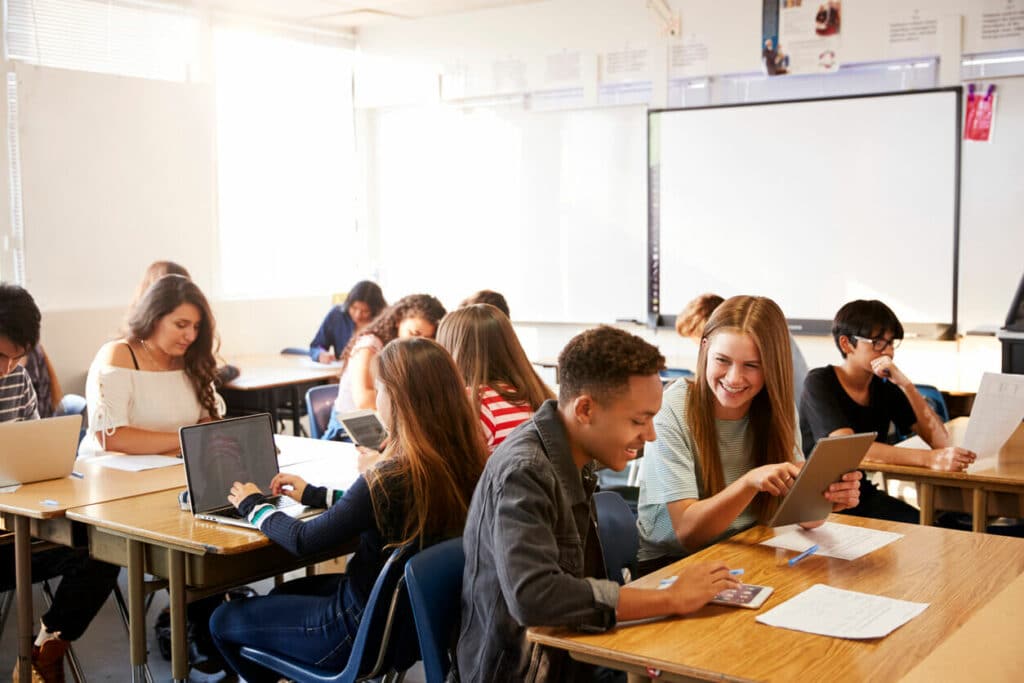
If schools share regular evidence-based insight into how dynamic blended learning activities engage and develop students, that’s a strong ingredient for retention.
The way forward
As we head into Term 1 of 2021, schools have a unique opportunity to do something different.
To maximise the gains and investments made (and reduce the losses) as a result of everything we’ve learned last year, it’s critical that schools find and scale the right mix of edtech tools. And: these tools can’t be onerous.
If you’re going to invest in data and data maturity for your institution you need to serve it up in such a way that is highly digestible.
It should work with ratified existing business processes and existing workflows of teachers who are, let’s be honest, already stretched.
Dashboards that visualise insights within already mandated LMS and SMS are one example of that. They increase return on existing investment and reduce time to adoption. They provide valuable historical (in some cases even LIVE) insight to inform future student outcomes.
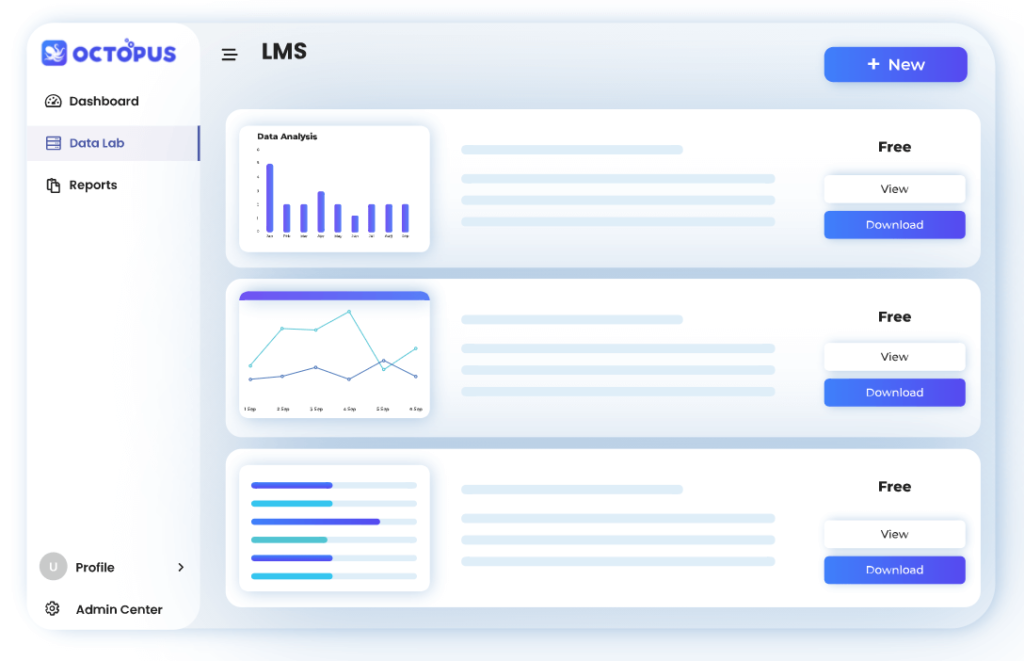
As we enter a new school year, uncertain but optimistic, one thing is for sure. The opportunity to build a better shared future for education in Australia is there for the taking, if only we look to, remember, and learn from the past.

